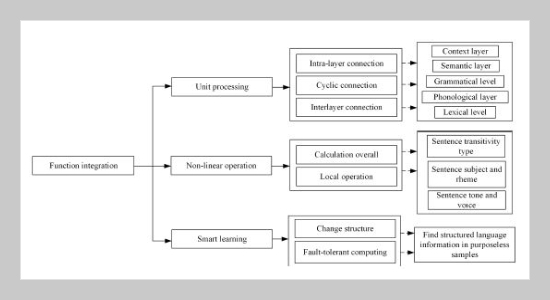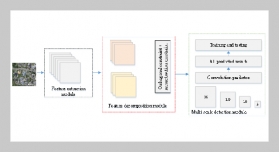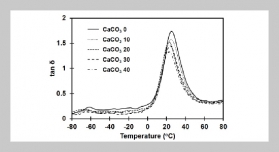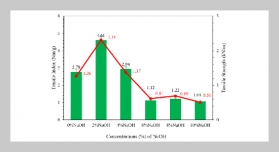Du Hui This email address is being protected from spambots. You need JavaScript enabled to view it.1 1School of Foreign Studies, Suqian University, Suqian, Jiangsu, China, 223800
Received:
February 20, 2021
Copyright The Author(s). This is an open access article distributed under the terms of the Creative Commons Attribution License (CC BY 4.0), which permits unrestricted use, distribution, and reproduction in any medium, provided the original author and source are cited.
Accepted:
March 17, 2021
Publication Date:
June 10, 2021
Download Citation:
||https://doi.org/10.6180/jase.202110_24(5).0013
For promoting functional linguistic system integration, the in-depth application of artificial intelligence-big data information analysis and technological processing has provided the core technical means in recent years. Perhaps, related to artificial intelligence (AI) big data analysis, the multiple integrations of functional linguistics have frequently encountered obstacles in applications. As a result, it has created major challenges for the in-depth development of functional linguistics. The related concepts of functional linguistics development and artificial intelligence are sorted out under this background. On this basis, under the background of AI-big data analysis, the functional linguistic technological integration and internal integration are analyzed. Furthermore, to promote in-depth functional linguistics development, this study provides several suggestions, such as optimizing a distributed cluster environment, building a functional language data platform, adopting models, data-parallel modes, and distributing neural network parallel training. These suggestions provide some reference for theoretical linguistic research and enriching functions. Further put forward several suggestions to promote the in-depth development of functional linguistics, such as building a functional language data platform, optimizing a distributed cluster environment, distributing neural network parallel training, adopting models, and data-parallel modes to promote the in-depth development of functional linguistics, in order to provide some reference for enriching functions and linguistic theoretical research.ABSTRACT
REFERENCES
Keywords:
Artificial intelligence; Big Data; Functional language; Diverse integration; In-depth development









